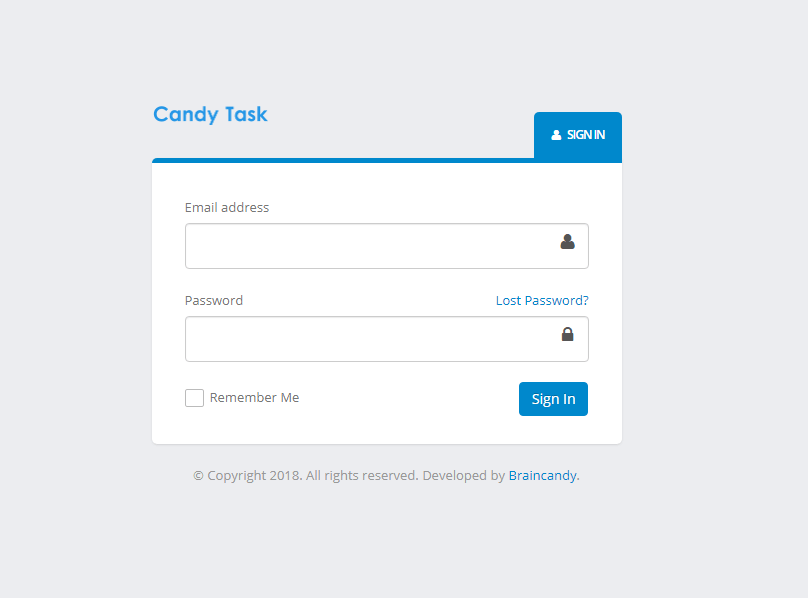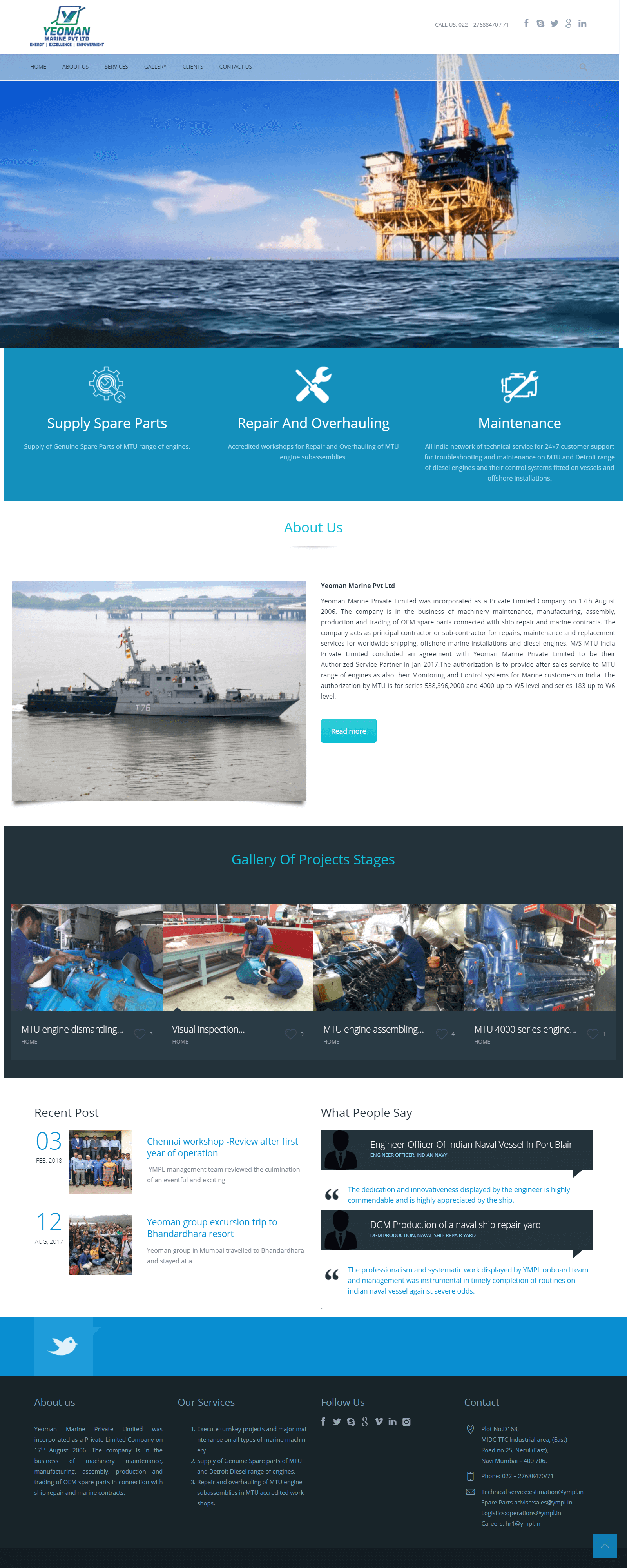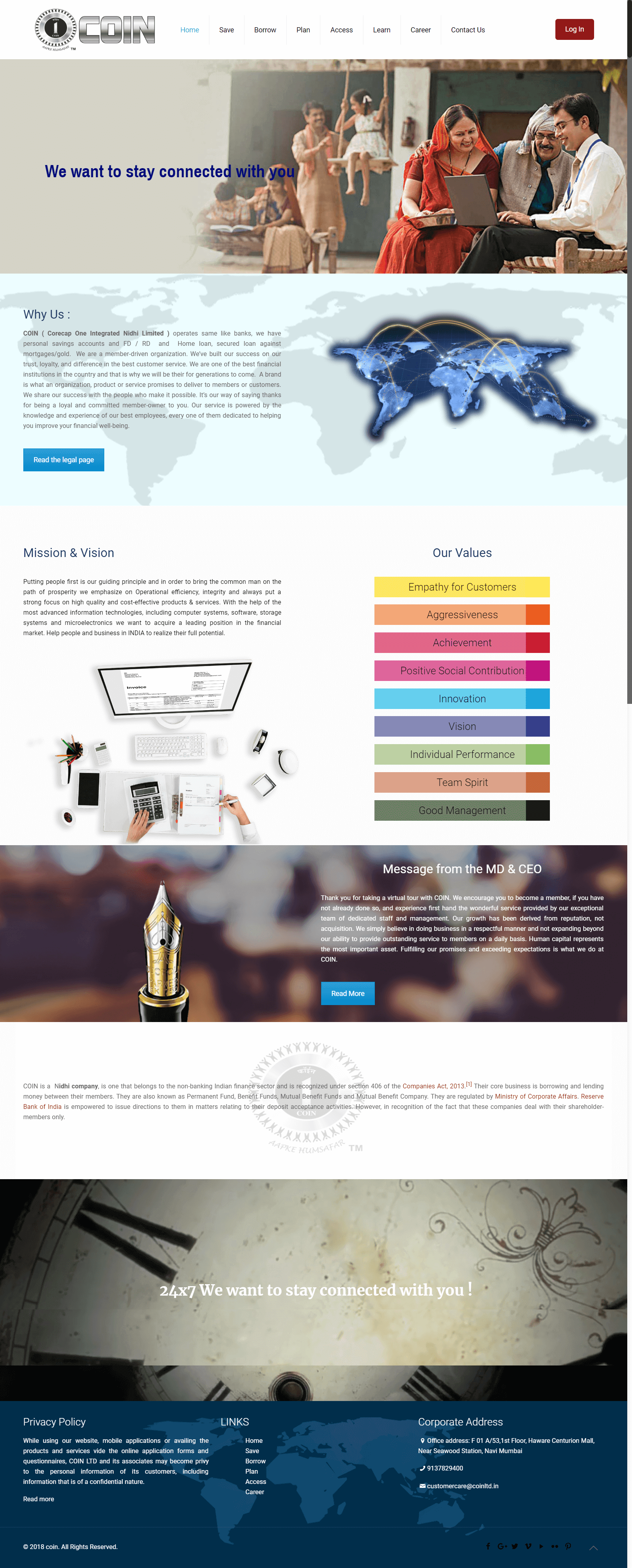- BY braincandy
- POSTED IN Uncategorized
- WITH 0 COMMENTS
- PERMALINK
- STANDARD POST TYPE

Competition in the eCommerce industry is fierce, and brands face numerous challenges in attracting, retaining, and growing their customer base. Here are some of the major competitive issues eCommerce businesses face today:
- Price Wars and Margins
– In a crowded market, many eCommerce brands engage in price wars to attract cost-conscious customers. This can lead to slimmer profit margins, making it hard for businesses to invest in quality, customer experience, and growth.
– Low prices attract customers, but excessive discounting can hurt long-term profitability and brand value, especially for smaller eCommerce businesses that lack the scale of larger companies.
- Customer Retention and Loyalty
– With so many options available, customer loyalty is harder to secure. Shoppers are more likely to switch brands for better deals, faster shipping, or a smoother user experience.
– Brands need to invest in loyalty programs, personalized marketing, and excellent customer service to retain customers, but these efforts require resources and careful planning.
- Rising Customer Acquisition Costs (CAC)
– The cost of acquiring new customers, especially through paid ads on platforms like Google and social media, continues to rise due to intense competition.
– This increases the challenge of achieving profitability, especially for startups and small eCommerce brands with limited budgets. Maintaining a healthy CAC-to-Lifetime Value (LTV) ratio becomes crucial in competitive markets.
- Product Differentiation and Brand Identity
– Many products are similar or even identical across different eCommerce sites. Differentiating through unique branding, storytelling, and customer experience is essential.
– Creating a strong brand identity and value proposition requires time, creativity, and investment in high-quality content and marketing. Unique products, design, or exclusive offerings can help brands stand out.
- Fulfillment and Logistics Efficiency
– Fast, reliable shipping is a major competitive advantage, thanks to expectations set by big players like Amazon.
– Small and mid-sized eCommerce businesses face challenges in keeping up with the logistical infrastructure needed for rapid delivery, as well as costs associated with warehousing, shipping, and handling returns.
- SEO and Organic Reach Challenges
– Competition for organic visibility is intense, especially in saturated markets. Brands need to optimize their websites with high-quality content, strong SEO practices, and valuable backlinks to compete in search engine rankings.
– Search engine algorithms frequently change, adding complexity and necessitating ongoing investment in SEO and content marketing.
- Mobile Experience and Optimization
– As more customers shop via mobile devices, eCommerce businesses must deliver a fast, user-friendly mobile experience. This requires mobile-optimized websites, apps, and responsive designs.
– Competing on mobile experience requires investment in technology and UX design, which can be challenging for smaller brands.
- Data Privacy and Security Compliance
– With increasing regulations like GDPR, CCPA, and others, eCommerce companies must ensure compliance with data privacy laws.
– Smaller brands with limited resources may struggle to implement robust security measures, manage customer data responsibly, and comply with changing regulations. Any breach of data security can lead to loss of trust and competitive disadvantage.
- Omnichannel Integration
– Customers now expect a seamless experience across multiple channels, including websites, mobile apps, social media, and physical stores (if available).
– Achieving an integrated omnichannel presence requires substantial investment in technology and coordination across teams, which can be difficult for smaller brands without the resources of larger competitors.
- Leveraging Technology (AI, AR, Personalization)
– Technologies like artificial intelligence, augmented reality, and machine learning can create a more personalized and engaging shopping experience.
– However, implementing these technologies requires expertise, infrastructure, and budget. Smaller companies may struggle to compete on this front against big players that can invest heavily in innovation.
- Global Competition and Market Saturation
– The global nature of eCommerce means that companies compete not only with local brands but also with international players.
– Foreign competitors may have different cost structures, which can lead to price disparities, making it hard for domestic players to compete. Local businesses often struggle to match the pricing, reach, and influence of global giants.
- Sustainability and Ethical Consumerism
– Customers are increasingly looking for eco-friendly and ethical options, creating pressure for eCommerce businesses to adopt sustainable practices.
– Meeting sustainability expectations can be costly, as it may involve sourcing eco-friendly materials, adopting ethical production methods, and providing sustainable shipping options. Smaller eCommerce businesses often find it difficult to invest in these initiatives due to limited resources.
Here’s how BrainCandy can apply these strategies to help clients succeed in a competitive eCommerce landscape:
- Niche Targeting and Unique Value Proposition
– Specialized Market Positioning: Help clients identify and target underserved or specialized market segments where competition is lower, allowing them to establish a stronghold.
– Brand Storytelling and Differentiation: Develop a unique brand story and messaging that highlights what makes their product or service unique, whether it’s craftsmanship, exclusivity, or a novel approach.
- Customer-Centric Innovations
– User Feedback Integration: Implement regular feedback mechanisms, such as customer surveys and reviews, to gather insights and fine-tune offerings.
– UX Optimization: Use customer data to personalize the shopping experience. Innovations like personalized product recommendations, an easy returns process, and seamless checkout can improve satisfaction and conversions.
- Efficient Logistics Partnerships
– Third-Party Logistics (3PL) Solutions: Connect clients with reliable logistics partners to reduce shipping costs and increase delivery speed.
– Real-Time Tracking and Communication: Work with logistics partners to integrate real-time tracking for customers, adding transparency and reducing order-related inquiries.
- Sustainable Practices
– Eco-Friendly Packaging: Offer clients guidance on using sustainable packaging options, which can appeal to environmentally conscious consumers.
– Sustainable Sourcing: Help clients identify suppliers with sustainable practices, which can enhance brand image and attract customers committed to ethical consumerism.
- Focus on Loyalty and Retention
– Loyalty Programs: Develop loyalty programs with rewards, discounts, or exclusive access to new products to encourage repeat purchases.
– Post-Purchase Engagement: Use email marketing to follow up with customers post-purchase, offer support, request feedback, and provide personalized product recommendations.
By implementing these strategies, BrainCandy can create tailored solutions that elevate client brands in crowded markets, foster customer loyalty, and build strong, sustainable growth.












